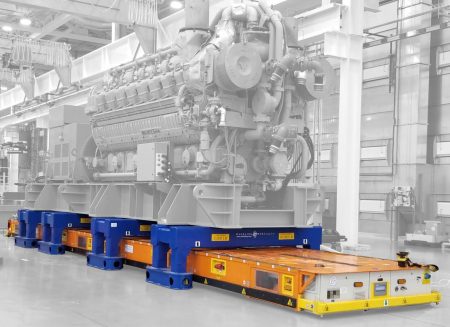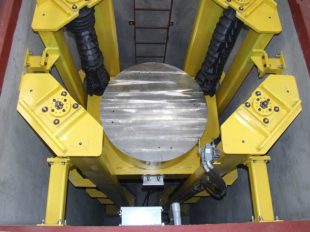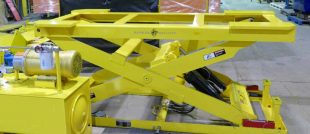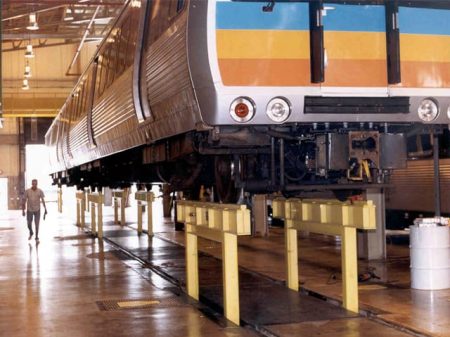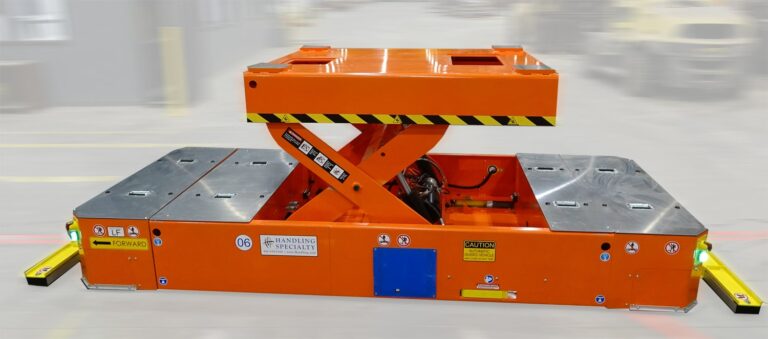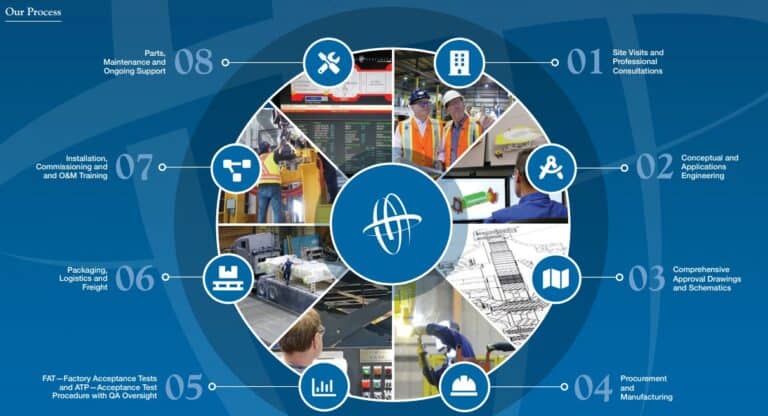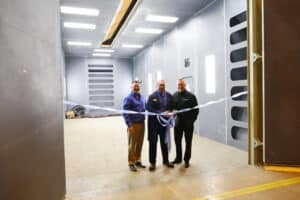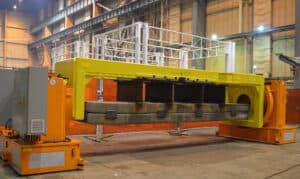Where are Automated Guided Vehicles used most is a question being asked by professionals looking for a more efficient manner in which to perform their assembly processes. The answer to where are automated guided vehicles used most may surprise you.
Industries that Employ AGVs
AGVs are being employed in more and more industrial processes, and where heavy-duty AGVs are required for assembly and, maintenance & repair operations, the demand is growing. The need to automate assembly procedures to streamline processes and lessen downtime is an essential aspect for many.
Why include an AGV in the advanced manufacturing industry?
Including an AGV in the advanced manufacturing industry, like most assembly and manufacturing industries, is to encourage efficiency in the workplace. Technology has always been at the forefront of creating better opportunities to build a product faster, safer, and easier. Employing an AGV or AGVs in your assembly or MRO facility will reduce downtime due to injuries and human error while accelerating your output. In an advanced manufacturing setting, an automated guided vehicle is fitted with custom tooling to hold, lift and rotate the product, positioning it at ergonomic heights for a technician or robot to perform their tasks quickly and easily.
Why include an AGV in the automotive industry?
The automotive industry was the first to install automatic guided vehicles into their assembly lines in 1973, and they haven’t looked back. Incorporating the AGV in an assembly line promotes safety and efficiency while encouraging a green revolution in manufacturing. Fitted with industrial batteries, AGVs move silently through the line, stopping where programmed and then moving on to the next work cell. The clear productivity gains with AGVs were immediately realized within the automotive industry carrying car and truck bodies through the line.
Fitted with zero-radius steering, an AGV can turn 360 degrees in a tight space and navigate narrow aisles while carrying a finished product to the yard or re-enter the assembly line at any point.
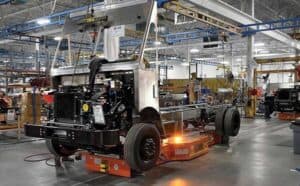
Why include an AGV in the aerospace industry?
With the demand for air travel always on the rise, AGVs became a clear choice for aircraft producers. The need to move large engines through an assembly line allowed for greater opportunities for efficiency. An aerospace engine is an advanced piece of technology and requires many, many man-hours to complete, test and ship. Custom tooling that can precisely hold the engine in place, rotate it, tilt, or raise the engine offers technicians 360-degree access to perform the delicate work required in an ergonomic position.
An AGV can become a manually guided vehicle whenever the unit requires charging or if there is an issue with its performance. An operator will utilize a handheld controller to maneuver the AGV away from the line.
Why include an AGV in the power-generation industry?
Many benefits of heavy-duty AGVs have arisen during the assembly of gen-sets, turbines, transformers, and compressors in the power-generation industry. As a load carrier, the automated guided vehicle lends itself nicely to the extreme weight capacities inherent in power-generation equipment. AGVs can also be paired and attached to offer even more weight and lifting capacity, creating a tandem AGV. The AGVs are also able to be driven with a handheld controller should an operator need to maneuver the cart manually.
Why include an AGV in the iron & steel industry?
Heavy-duty AGVs in the iron and steel industry must be designed and built to withstand the rigours characteristic of the industry. Moving Heavy steel ladles with liquid metal is an arduous job but a precise one as well. A spill could have tragic consequences. AGVs are perfect for the work, removing human error while following a programmed path. Fitted with multiple sensors to avoid collisions, the AGV can either stop and request assistance in removing an obstacle or slowly navigate the obstacle.
Once ladles are craned onto the steel AGVs, these robust carts offer safety and efficiency while traversing the factory floor with full or empty ladles.
Why include an AGV in the rail & transportation industry?
Rail and transportation AGVs are engineered for strength and precision. These units will often run along maintenance tracks to assist in bogie and wheel-set removal and replacement processes in a rail maintenance facility. Fitted with specialized equipment, each AGV trolley raises and lowers to capture the bogie or rail wheelset, lowers the load, and traverses the track to clear the rail car. Then the wheelset is lifted again and rolled off the trolley, and a new unit is rolled on, and the process is reversed.
The rail AGVs can be driven via wireless handheld controllers for precise positioning under the rail car.
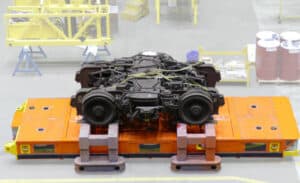
AGVs are an essential technology helping to improve uptime in assembly and MRO facilities all over the world. The demand for custom, heavy-duty automated guided vehicles is on the rise. When choosing a company to engineer and build your AGV, you should look to a manufacturer who has experience in several industries and has been designing and building custom AGVs to operate in varied environments for specific applications. A company like Handling Specialty will guide you through the process of designing/building an AGV system from conception to installation and support your product with their parts & services group.

